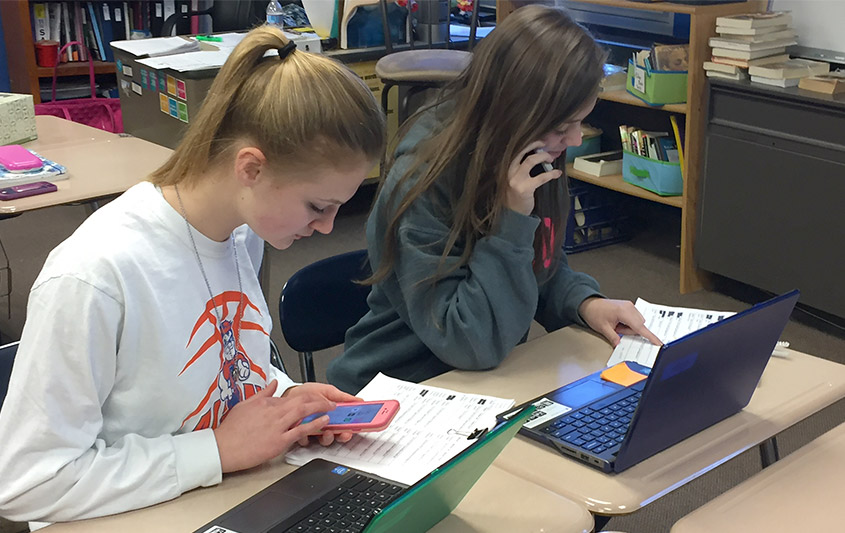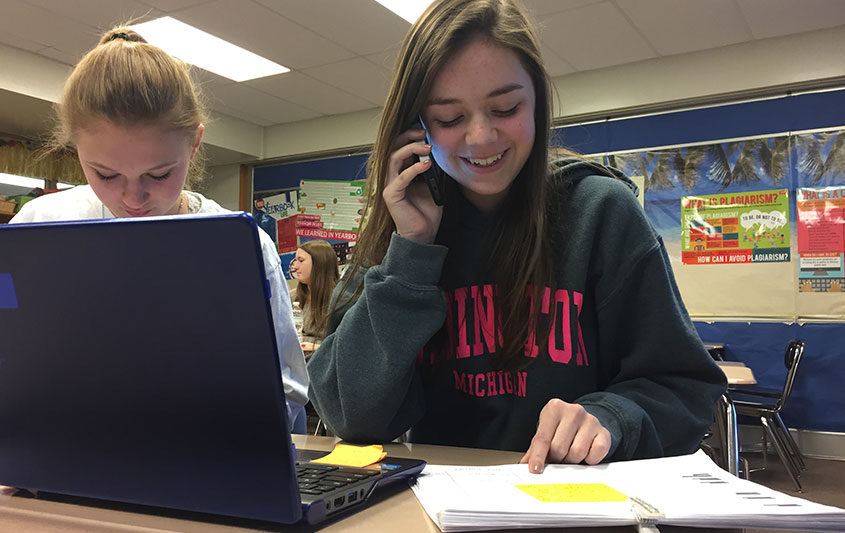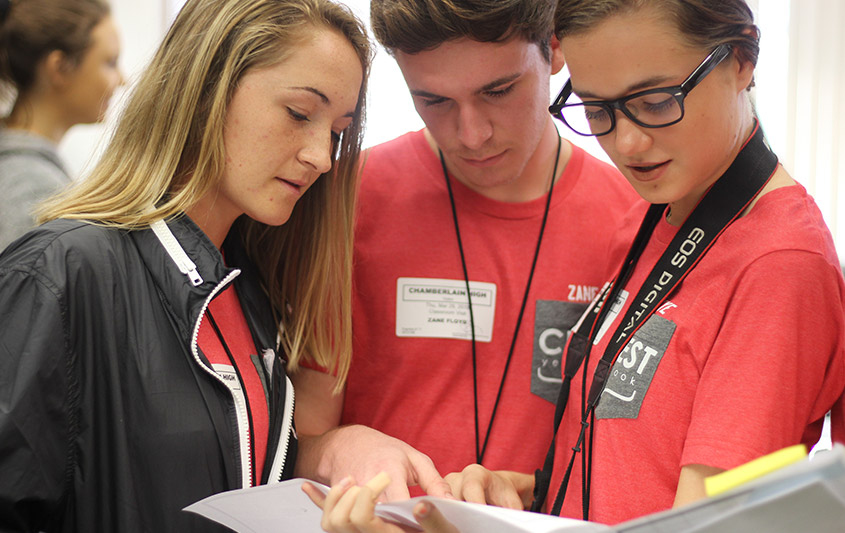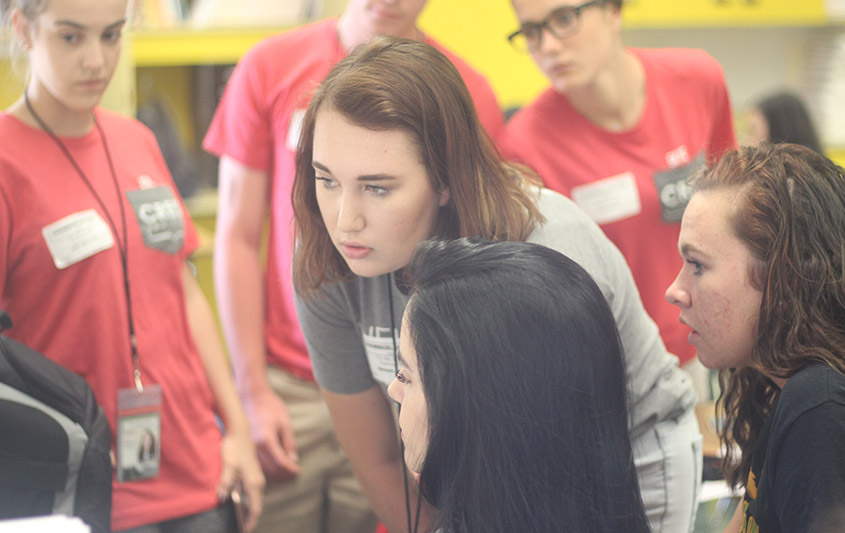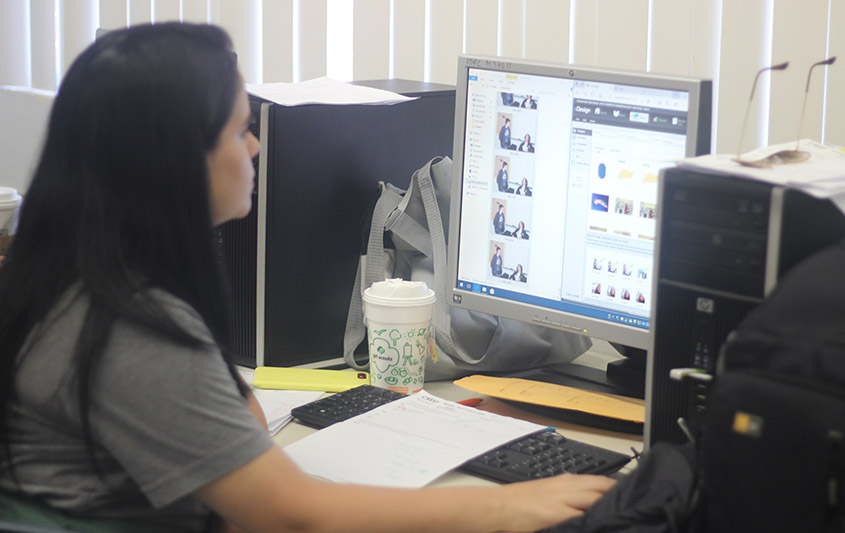Top 10 Reasons to Join the Yearbook Staff
Top 10 Reasons to Join the Yearbook Staff
Joining the team that puts together your school’s yearbook is more than just a great way to get involved with your school. It’s also is great way to learn all sorts of valuable skills.
#10 It gets you involved
Yearbook is a great way to get involved with every aspect of your school. Yearbook touches on EVERYTHING that goes on in your school and community. From attending all kinds of different events to mingling with your student body, yearbook gives you a great excuse to stay connected with your school at all levels.
#9 Camaraderie
With yearbook, the staffers work together as a team to put out a book that the entire school wants a part of. It has to be a team effort or everything comes off the rails.
#8 Free events
As a member of the yearbook staff, when you get sent to cover a sporting event, or any other event, you get in free. Yes, you’re there to cover the event and you can’t just goof around, but by covering it, you’re probably more involved in the action than most spectators, which makes it even more fun.
#7 Learn life skills
Ever sat in class thinking, “When am I ever going to use this in real life?” You won’t get that with yearbook. With yearbook you learn how to communicate better, how to solve problems, how to grow as a leader how to manage your time and, most importantly, how to hit a deadline.
#6 Boost your journalism skills
If you’re interested in journalism, this is the place where you’ll get hands-on experience with the whole enchilada. From writing and photography to research, design, layout, editing and even media law (what journalists can and can’t do).
#5 Learn business skills
Yearbook’s not just a class, it’s a business. You’re making a product and you’ve got to get the kids in school to want to buy that product — which is why you’ll learn valuable business skills such as budgeting, promotion, advertising, marketing, customer service and market research.
#4 You’ll hone your social media skills
You’re probably already a social media expert when it comes to your personal life. Why not also learn how to take advantage of this valuable tool when it comes to business communication? By being part of yearbook, you’ll learn about storytelling, creating and organizing content, engaging your audience, online research and brand management.
#3 Looks great in your portfolio
Whether you’re trying to get an internship or sending out applications for college, you’re showing the world you are an active member of a hard-working team who can handle multitasking, socializing, deadline management and everything in between.
#2 Work with the latest technology
Yearbook gives you the chance to get your hands on the kind of technology you’ll be working with later on in life. That means design, photo-editing, business and production management software.
#1 It’s fun!
Last but not least, yearbook is just plain fun. You’ll learn a ton, but you’ll do it in a fun and interesting way. Plus, the end result is a keepsake that captures all of your work – and memories – into a book you’ll keep forever. How many other classes or clubs can promise you something like that?

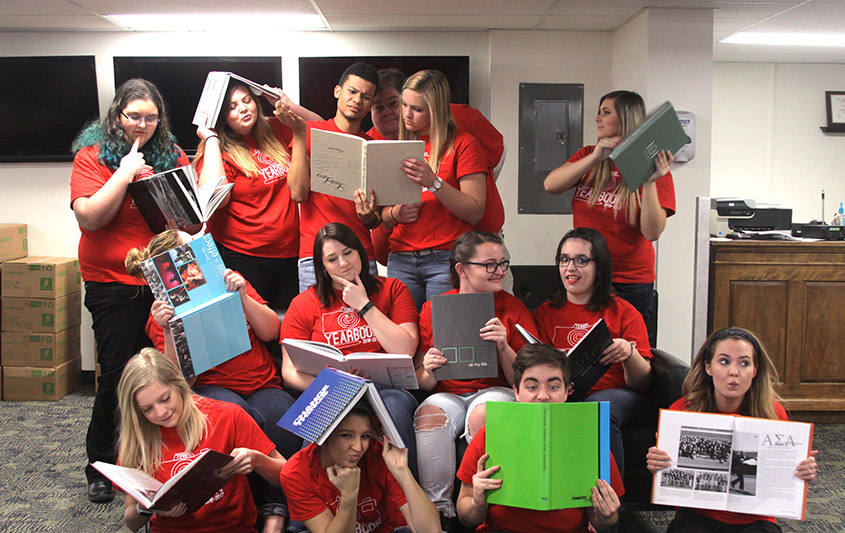
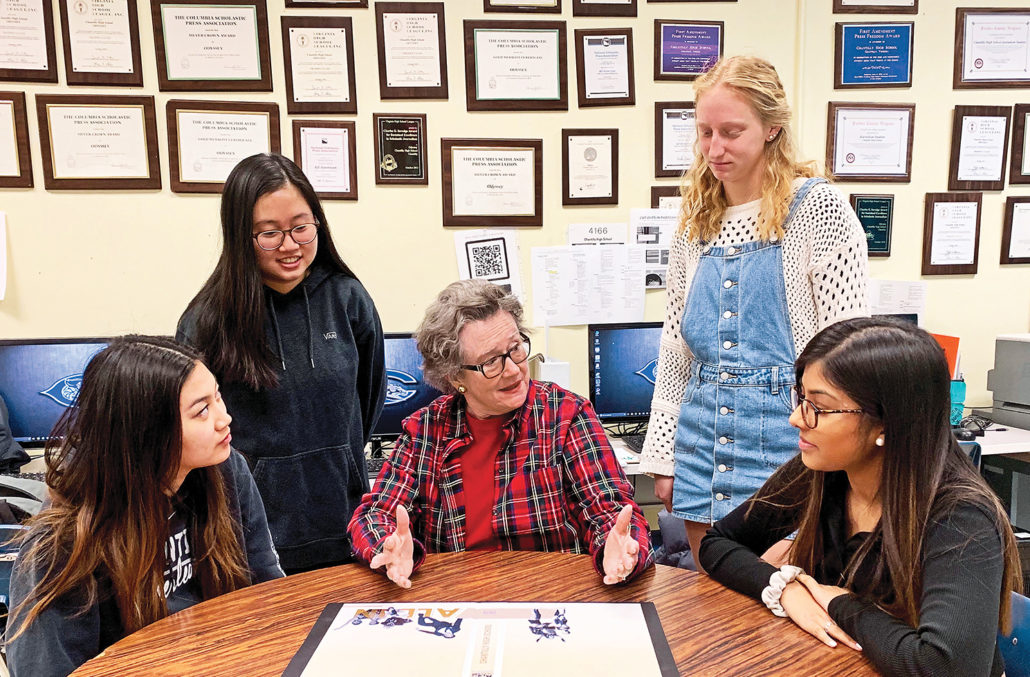
 More from the queen
More from the queen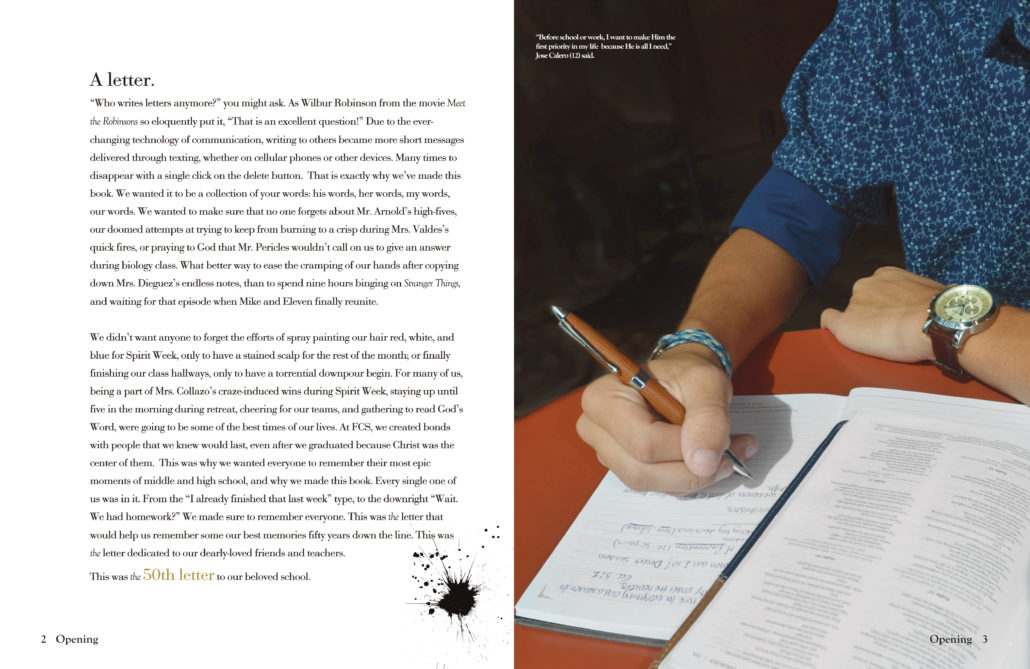


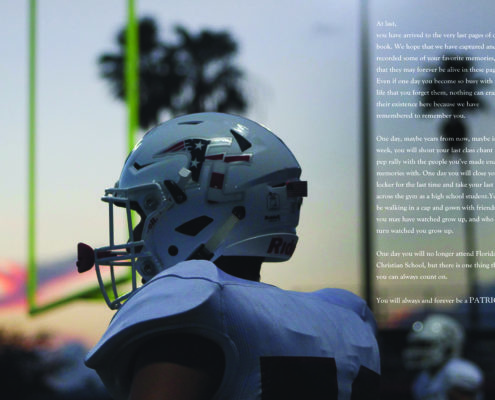
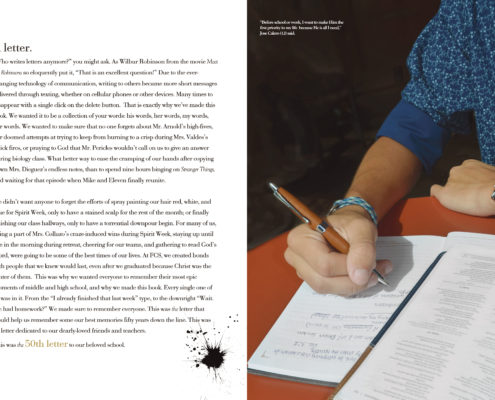
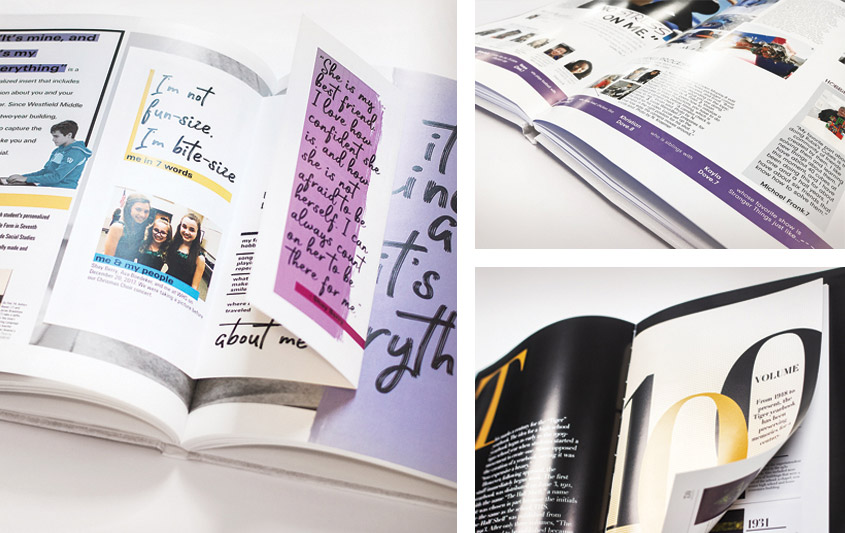

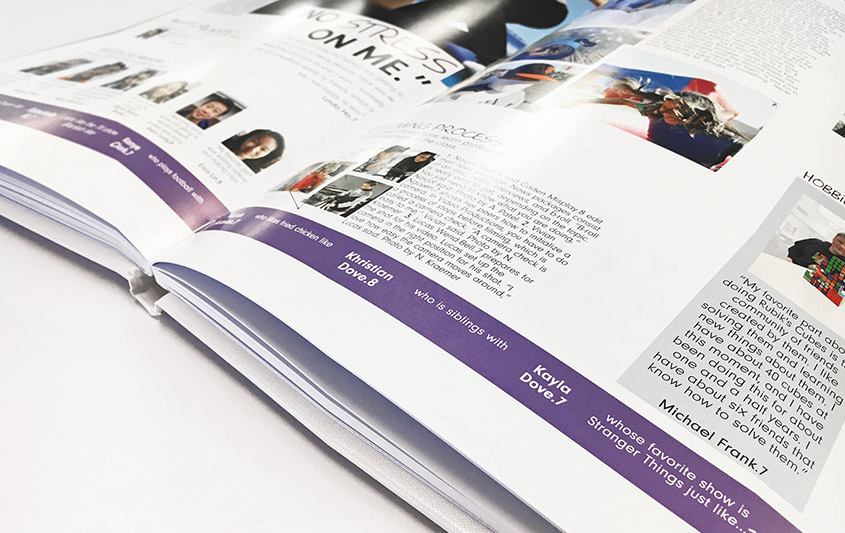
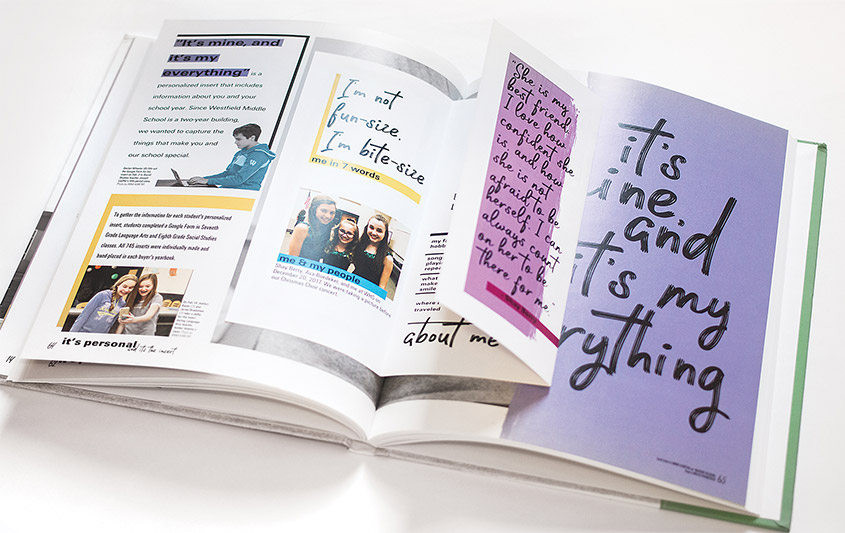

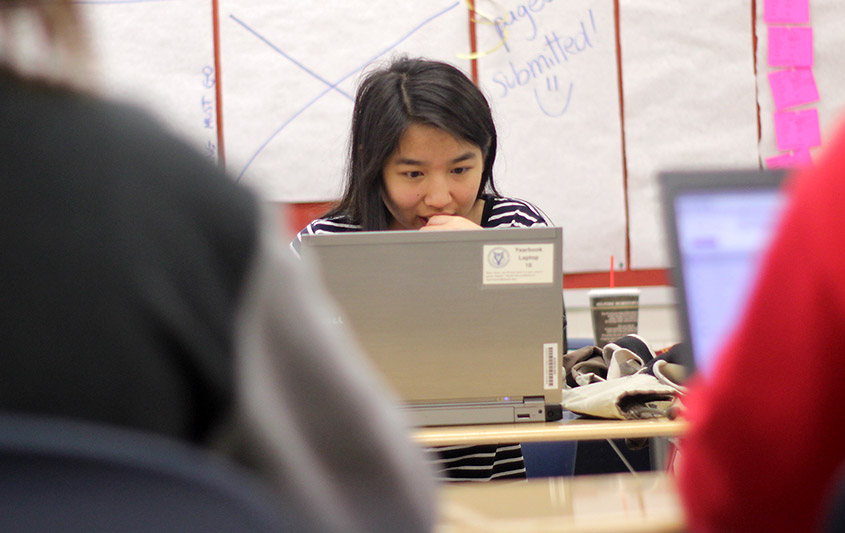
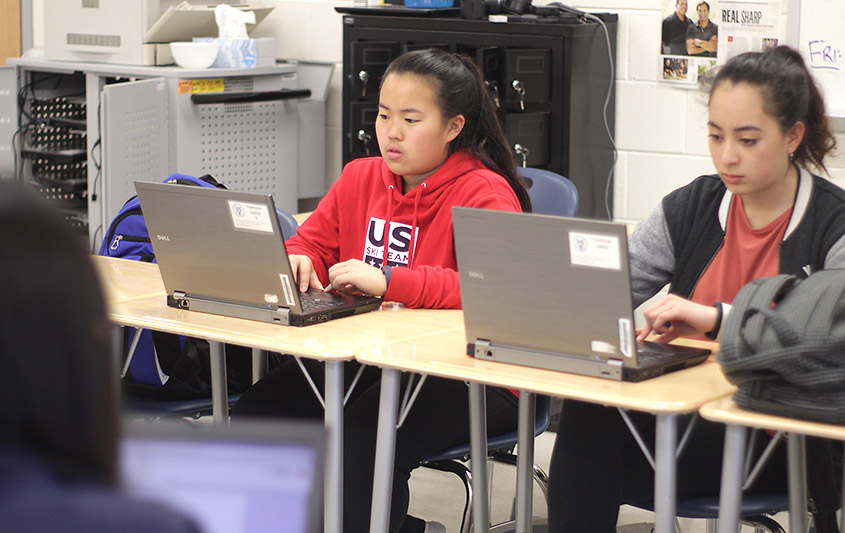
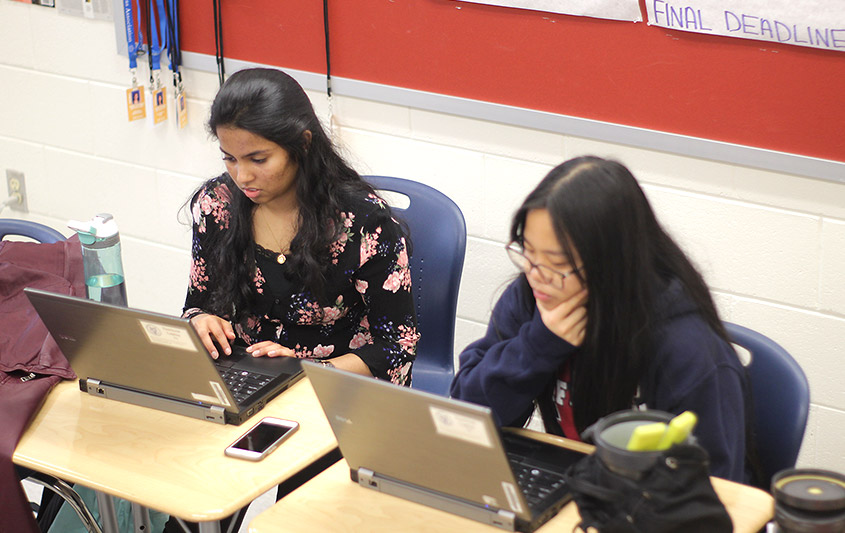
 Erinn Harris has advised student publications for 12 years, three at Lee High School in Springfield,Virginia and nine at Thomas Jefferson High School for Science and Technology. Recently earning the Virginia High School League Savedge Award for Continued Excellence, these staffs have earned NSPA Pacemaker awards and CSPA Crowns.
Erinn Harris has advised student publications for 12 years, three at Lee High School in Springfield,Virginia and nine at Thomas Jefferson High School for Science and Technology. Recently earning the Virginia High School League Savedge Award for Continued Excellence, these staffs have earned NSPA Pacemaker awards and CSPA Crowns.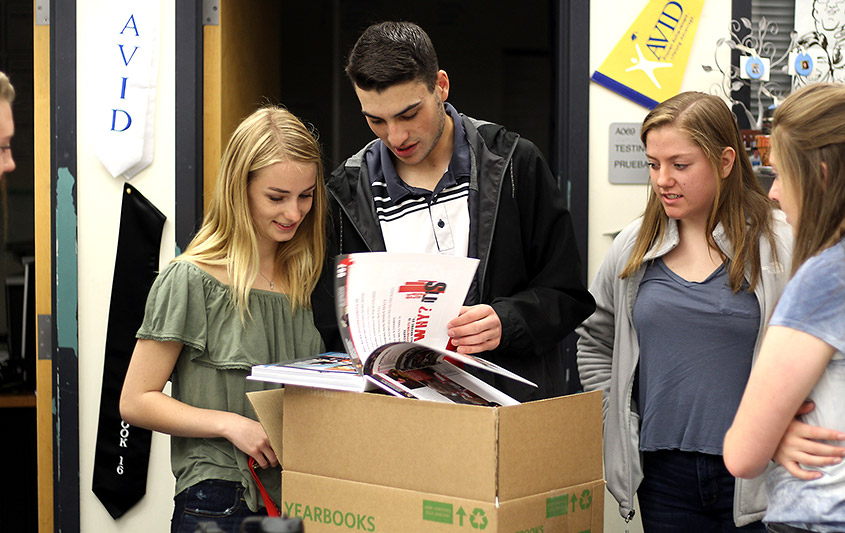
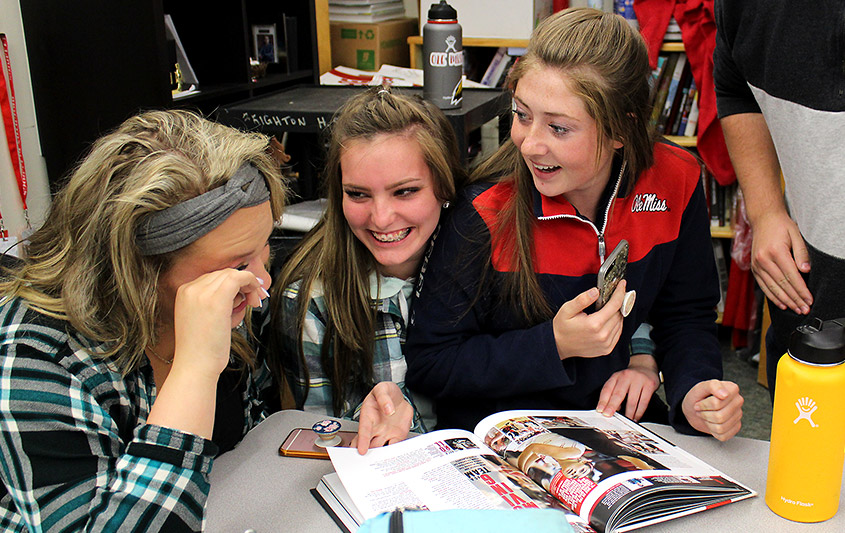
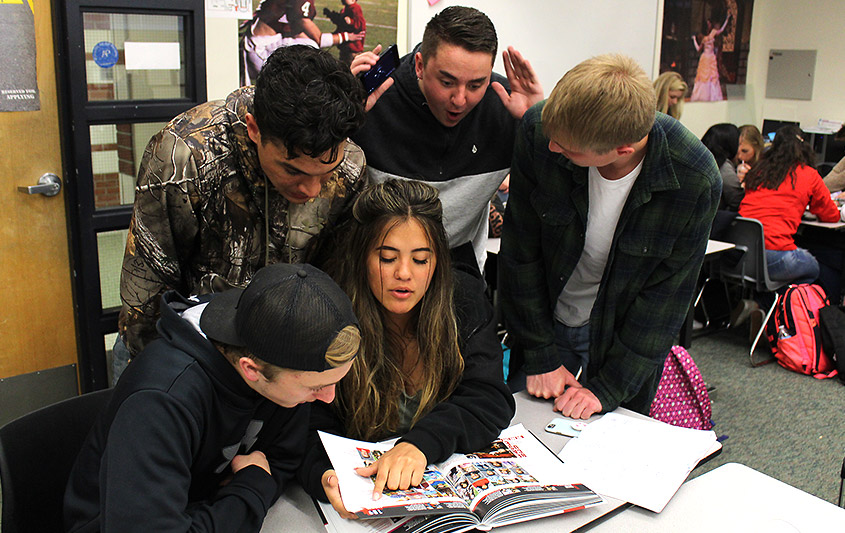
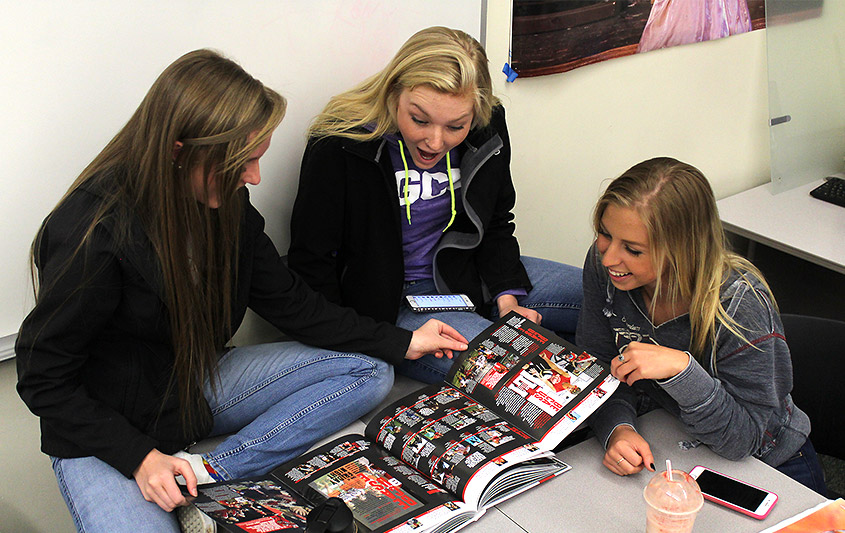
 Justin Daigle, CJE, has advised the Reflections yearbook at Brighton High School in Colorado for 12 years. His students’ publications have earned state and national awards including CSPA Crowns and NSPA Pacemaker honors. Daigle was the 2009 Colorado Student Media Association (CSMA) Teacher of the Year as well as JEA Rising Star in 2010 and Special Recognition (2014) and Distinguished (2016) Yearbook Adviser of the Year.
Justin Daigle, CJE, has advised the Reflections yearbook at Brighton High School in Colorado for 12 years. His students’ publications have earned state and national awards including CSPA Crowns and NSPA Pacemaker honors. Daigle was the 2009 Colorado Student Media Association (CSMA) Teacher of the Year as well as JEA Rising Star in 2010 and Special Recognition (2014) and Distinguished (2016) Yearbook Adviser of the Year.